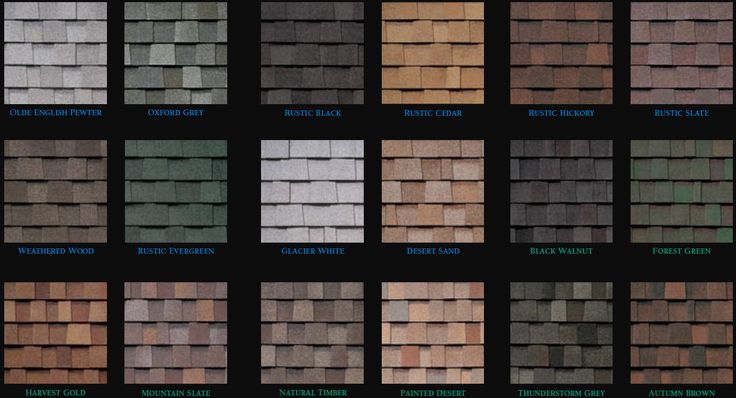
Part III in our series “Construction Guide for Homebuyers “
What is your roof made from? The choices range from asphalt shingles to wood shakes and clay tiles, from steel or aluminum panels, to rubber look-a-like slate or to authentic slate, and to fired clay tile. All acceptable roof materials will perform to Building Code but some are more common than others and in the historic areas of Charleston that fall under BAR jurisdiction, your choices may be limited by regulation.
Here are a few thoughts:
Asphalt Shingles are the most common roofing material we see today is. These are available in many different colors and usually guaranteed for 20 to 30 years making them an excellent value. We estimate nearly 20 years in the South, as the climate degrades them at accelerated rates. They are low cost and quick to install. In general the wind resistance is considered good.
Metal Roofs have been a standard feature of barns, sheds, and other agricultural and utility buildings for years. “Standing seam ” and “rolled seam ” roofs are an iconic part of the downtown Charleston scene. Even old examples can often be saved by patching or treatment with a Hydro-stop membrane of various heat reflecting colors. This type of roof is more expensive than asphalt but much more rugged and looks great. Wind resistance is excellent.
Ceramic tile roofs are found throughout Europe and range from fired flat clay tiles to rippled Dutch tiles (sometimes seen on old Charleston buildings such as 38 Alexander St at the Gadsden House). Roman tiles are a feature of southern Europe and resemble clay half-pipe, stacked alternately. Wind resistance is moderate, hail resistance is poor.
Slate tiles originally from Europe (Wales) but later from the Northeast USA is also iconic to the Charleston historic scene. It was one of the first roofing materials used here and will last 150 years or more before the nails fatigue and tiles slip. It’s great for cold weather, not so great in hail and hurricane, but does look superb when well laid.
So when it comes to beauty and durability, at the end of the day you get what you pay for. Shingle is cheapest but also has the shortest life. For me, building in downtown Charleston I’d almost always go for a good seamed metal roof. It even allows you the flexibility to change the color from time to time!
So now we have covered the basics of Foundations, Framing systems, and types of Roofing materials used in residential construction.
To learn more about construction basics and commonly used building terms download our free Construction Guide E-book.
Interested in Learning More?
Our expert teams - from development, investment, real estate, and property management - have experienced it all and have the insight to help you along the way.
Find Out More